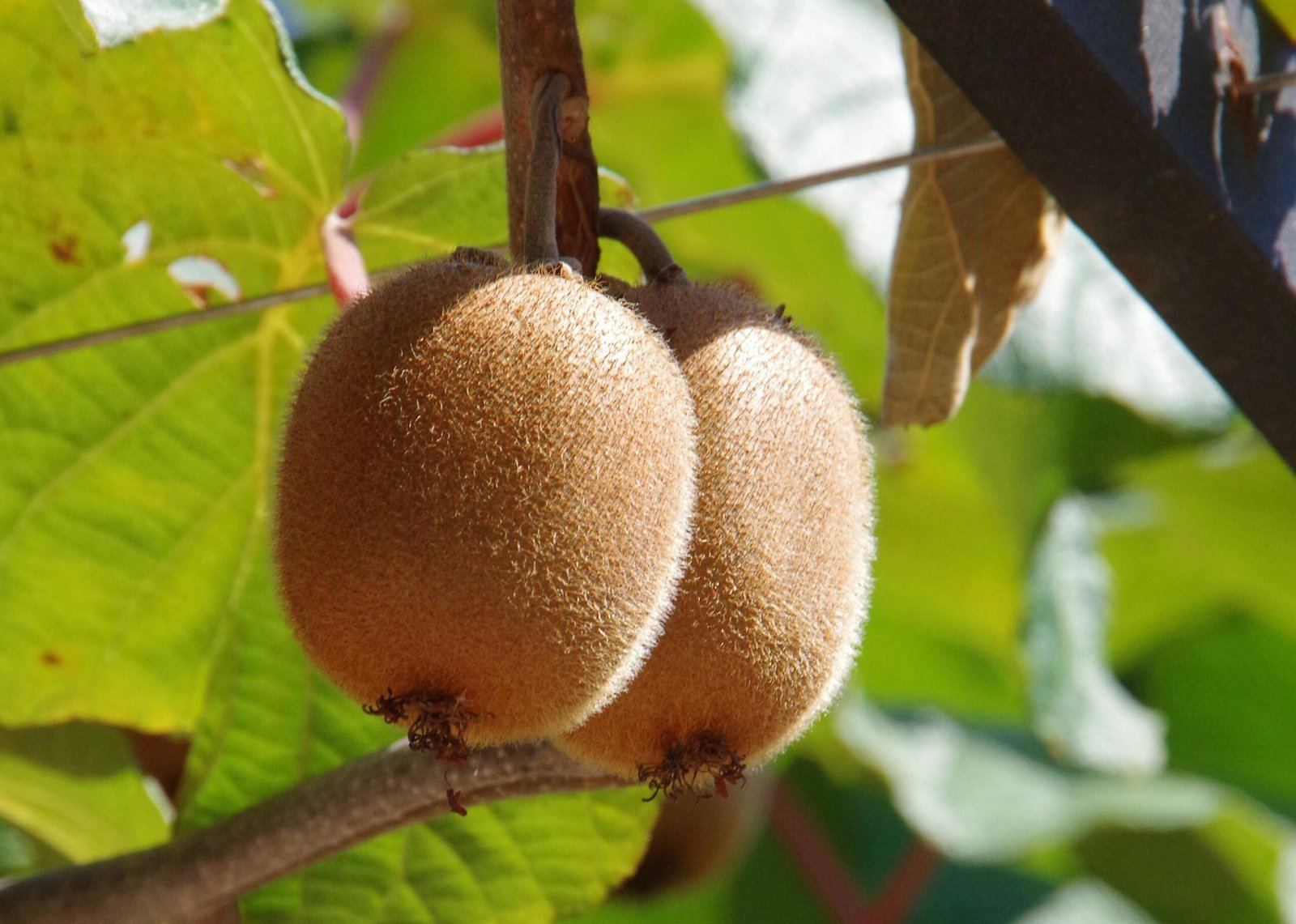What are kiwis?
Kiwi, also known as kiwifruit, is a berry (yes, a berry!) belonging to the Actinidiaceae family. Over 50 species exist, but Actinidia deliciosa, with its oval shape and vibrant green flesh, reigns supreme in the commercial world. Other varieties like the golden kiwifruit, with its sweeter flesh, and the red kiwifruit, with its tangy punch, offer exciting alternatives. Despite its fuzzy exterior, the kiwi’s interior is a treasure trove of vitamins C and K, making it a nutritional powerhouse.

Where do kiwis come from?
Kiwis thrive in temperate climates with well-drained, slightly acidic soil and mild winters. New Zealand, the undisputed Kiwi king, produces close to half the world’s crop, leveraging its ideal climate and skilled growers. Italy, Greece, Chile, and China follow closely behind, each contributing unique terroir-influenced flavors and characteristics. New Zealand’s classic Hayward variety stands in contrast to the sweeter kiwifruit from Italy, highlighting the impact of the environment on this intriguing fruit.

What is the global market for kiwis?
The global kiwi market, though smaller than its grape and apple counterparts, packs a punch, valued at over $8 billion in 2022. Fresh kiwis remain the dominant segment, accounting for approximately 70% of the market. Processed kiwis, including dried, frozen, and juice formats, cater to convenience and diverse culinary uses. Interestingly, kiwi exports are on the rise, fueled by growing demand in Asian and European markets. Beyond fresh consumption, kiwis find their way into juices, jams, and even cosmetics, adding a unique flavor and nutrient boost.

How do you grow kiwis?
Kiwi farming demands meticulous care and dedicated management. Establishing a kiwi orchard requires careful planning, considering factors like climate, soil suitability, vine selection, pollination requirements, and irrigation systems. Young vines are lovingly trained and pruned, forming sprawling trellises. Blossom thinning often plays a crucial role, in ensuring optimal fruit size and quality. Careful monitoring throughout the growing season balances sugar content and acidity, creating the perfect sweet-tart harmony. Sustainable practices like integrated pest management, water conservation, and organic farming methods are gaining traction as Kiwi growers strive for environmental responsibility.

How do you harvest kiwis?
Ripe kiwis, while robust, demand gentle handling to maintain their market value. Hand-picking at peak ripeness, typically several months after bloom, minimizes damage and preserves quality. Skilled harvesters assess kiwis by touch, firmness, and slight softening near the stem, ensuring only optimal fruit makes it to the next stage. Mechanized harvesting, while faster, requires careful timing and selection to avoid bruising and maintain desirable quality. Some kiwi varieties, like the Hayward, are best suited for hand-picking due to their delicate flesh.

What can you do with kiwis?
The kiwi’s versatility is its strength. They are, of course, beloved fresh fruit, enjoyed whole, sliced, or diced in countless ways. But their culinary journey doesn’t end there. Kiwis find their way into smoothies, jams, and desserts, adding a unique tang and vibrant green hue. The juice industry embraces their natural sweetness, transforming them into refreshing beverages and blends. Culinary creativity shines in savory applications, with grilled kiwis adding a touch of sweetness to meats and salads. Even the peels contribute, used for pectin production, composting, or innovative biofuel initiatives.

How do you get started in the Kiwi farming business?
First, get your research fix: study market trends, analyze local climate and soil, and choose kiwi varieties that thrive there. Secure funding, obtain permits, and find mentors (experienced Kiwi farmers are gold mines!). Plant your vines with TLC, building sturdy trellises for their climbing adventures. Nurture and prune them like precious babies, protecting them from pests and diseases. Patience is key; it takes years for those fuzzy jewels to mature. When harvest time arrives, handle them gently, timing is crucial. Finally, connect with buyers, retailers, and distributors














